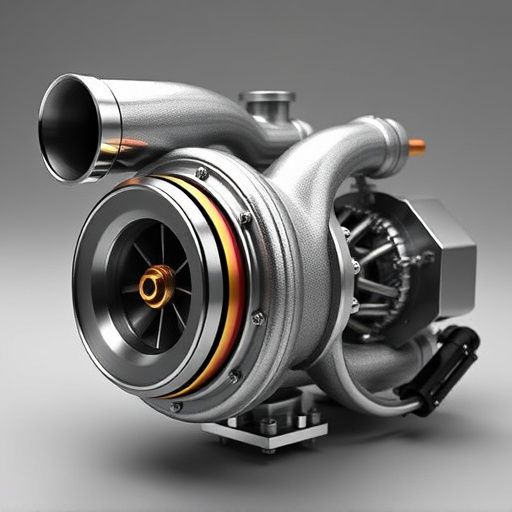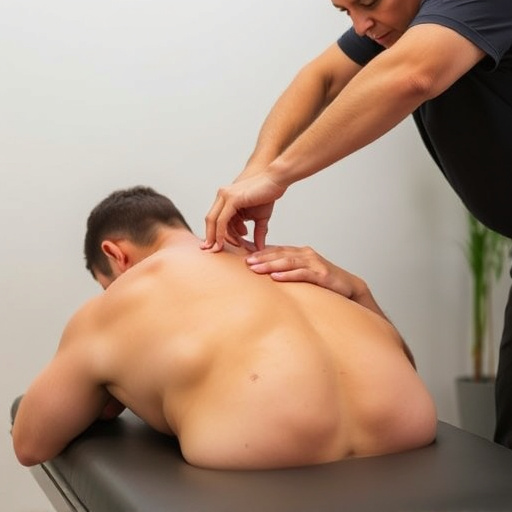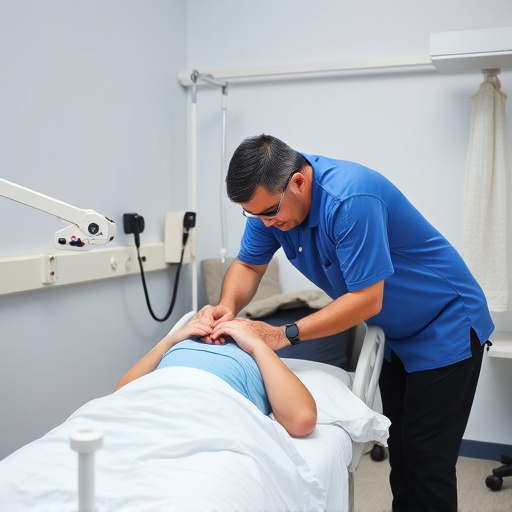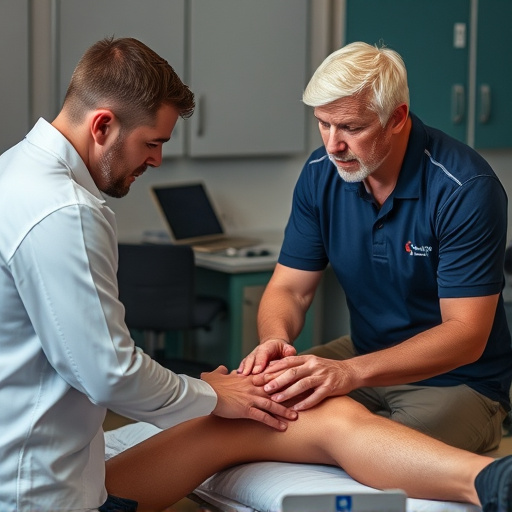Shockwave plantar fasciitis therapy provides a non-invasive solution for chronic foot pain, using sound waves to stimulate healing, reduce inflammation, and accelerate recovery through collagen production. Side effects are generally manageable, including temporary pain, swelling, and bruising. Long-term outcomes are positive, with many patients experiencing reduced pain and improved mobility. Effective management includes exercises, weight management, ergonomic footwear, stretching, physical therapy, and occasional spinal adjustments.
“Explore the potential side effects of shockwave therapy for plantar fasciitis, a non-invasive treatment gaining popularity. This article delves into the immediate and long-term consequences, offering insights for those considering this innovative approach.
We begin by unraveling the basics of shockwave therapy and its effectiveness in treating chronic heel pain. Then, we explore common short-term side effects, providing clarity for patients. Furthermore, we discuss rare but significant long-term impacts and present management strategies. By understanding these aspects, individuals can make informed decisions regarding this game-changing treatment for plantar fasciitis.”
- Understanding Shockwave Therapy for Plantar Fasciitis
- Potential Short-Term Side Effects Explained
- Long-Term Impact and Management Strategies
Understanding Shockwave Therapy for Plantar Fasciitis
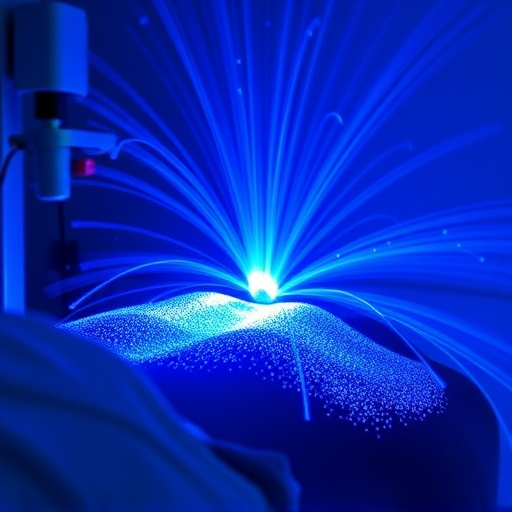
Shockwave therapy for plantar fasciitis is a non-invasive treatment that uses high-energy sound waves to stimulate healing in the affected area. This innovative approach has gained popularity as an alternative to surgical interventions for this common foot condition. The procedure involves targeting specific areas of the plantar fascia with acoustic waves, which promote tissue repair and reduce inflammation.
By accelerating the body’s natural healing process, shockwave therapy can provide significant relief from chronic pain associated with plantar fasciitis. It is particularly beneficial for individuals who have exhausted conservative treatment options. This therapy supports injury rehabilitation by fostering collagen production and enhancing blood flow to the injured tissue, ensuring a faster and more effective recovery.
Potential Short-Term Side Effects Explained
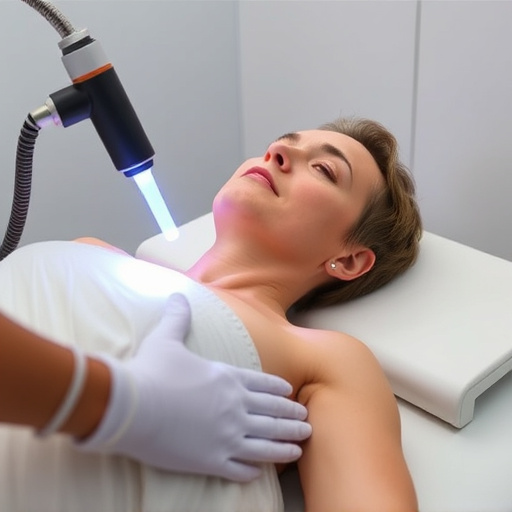
The shockwave plantar fasciitis treatment, while effective, is not without its potential side effects. Short-term issues are common and often manageable. Patients may experience temporary pain, swelling, or bruising at the treatment site. This is a natural response to the non-invasive procedure that uses focused shockwaves to stimulate healing in the affected area. Some individuals might also feel mild discomfort or sensitivity during and immediately after the session, which usually subsides within a few hours.
Unlike some treatments, shockwave therapy for pain does not typically cause widespread side effects, especially when compared to surgical procedures. However, it’s important to remember that every individual responds differently. If lower back pain persists beyond a day or two or if there is significant discomfort, seeking medical advice is advisable. Pinched nerve relief is another benefit, but in rare cases, temporary numbness or tingling sensations might occur around the treatment area.
Long-Term Impact and Management Strategies

The long-term impact of shockwave plantar fasciitis treatment is generally positive, with many patients experiencing significant reduction in pain and improved mobility. While acute side effects like temporary discomfort or mild swelling are common immediately post-treatment, they usually subside within a few days to a week. However, managing the condition over the long term involves a combination of strategies.
Regular exercise focused on strengthening the feet and calves can help prevent recurrence. Maintaining optimal weight and adopting ergonomic footwear choices also play crucial roles in injury rehabilitation. Additionally, techniques like stretching exercises and physical therapy can provide pinched nerve relief and alleviate symptoms. In some cases, patients may require spinal adjustments as part of their comprehensive treatment plan to address any underlying issues contributing to plantar fasciitis.
While shockwave therapy for plantar fasciitis offers promising relief, it’s crucial to be aware of potential side effects. Short-term symptoms may include temporary pain, swelling, or discomfort at the treatment site. Long-term management strategies are essential to mitigate these effects and ensure optimal recovery. Understanding both the benefits and considerations of this non-invasive approach equips folks with valuable knowledge as they navigate shockwave plantar fasciitis treatments.

